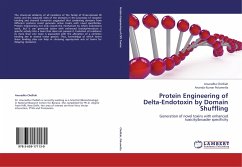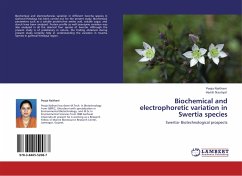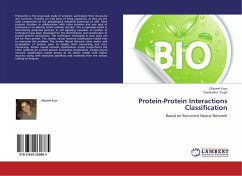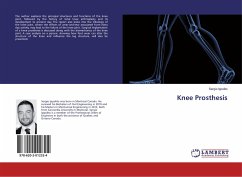The structural similarity of all members of the family of three-domain Bt toxins and the separate roles of the domains in the processes of receptor binding and channel formation suggested that combining domains from different proteins could generate active toxins with novel specificities. Protein engineering not only reveals the mechanism by which endotoxins work, but it can generate toxins with enhanced toxicity/introduce a specific activity into a toxin that does not possess it. Evolution of resistance to more than one toxin is associated with the alteration of a common binding site in several insect species. Thus, knowledge of which toxins share binding sites can help in choosing appropriate sets of toxins for delaying resistance.








